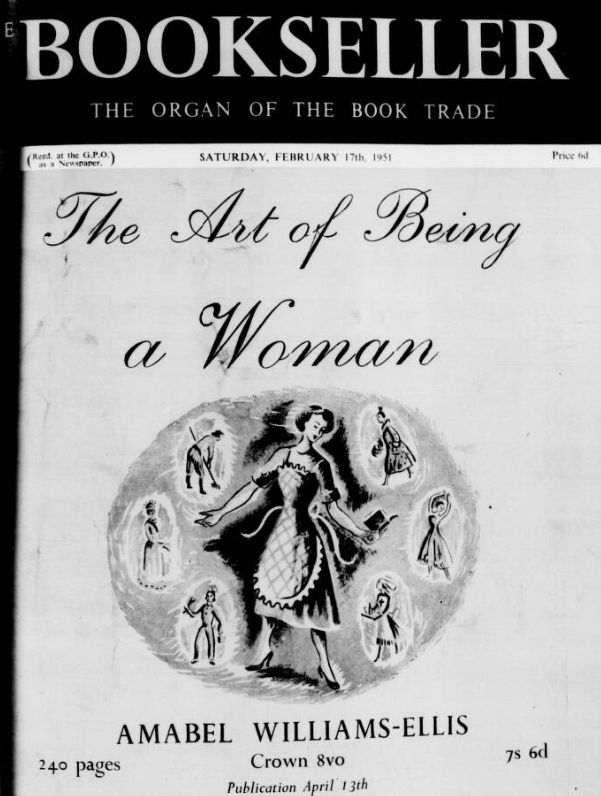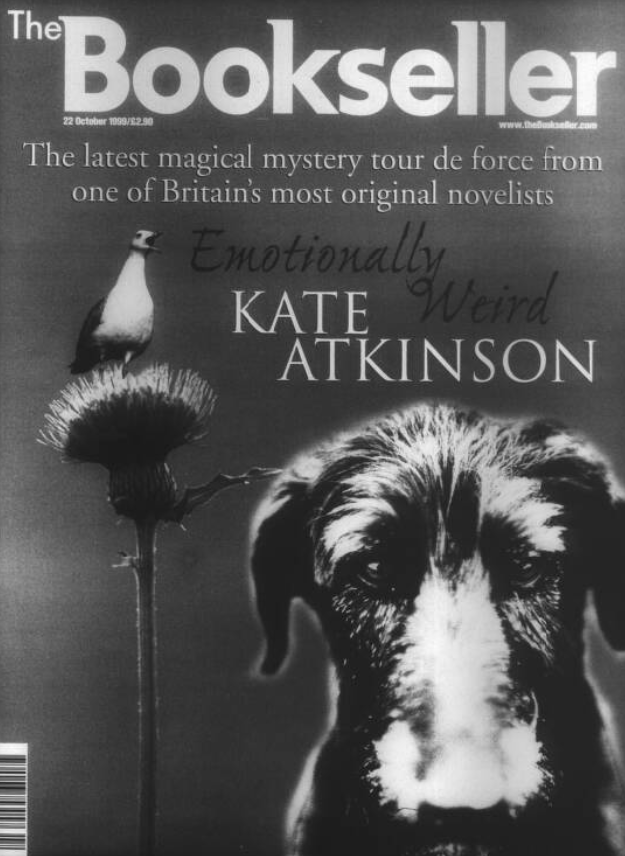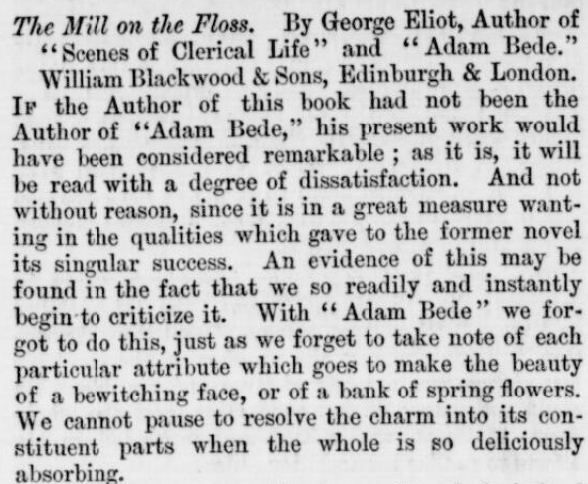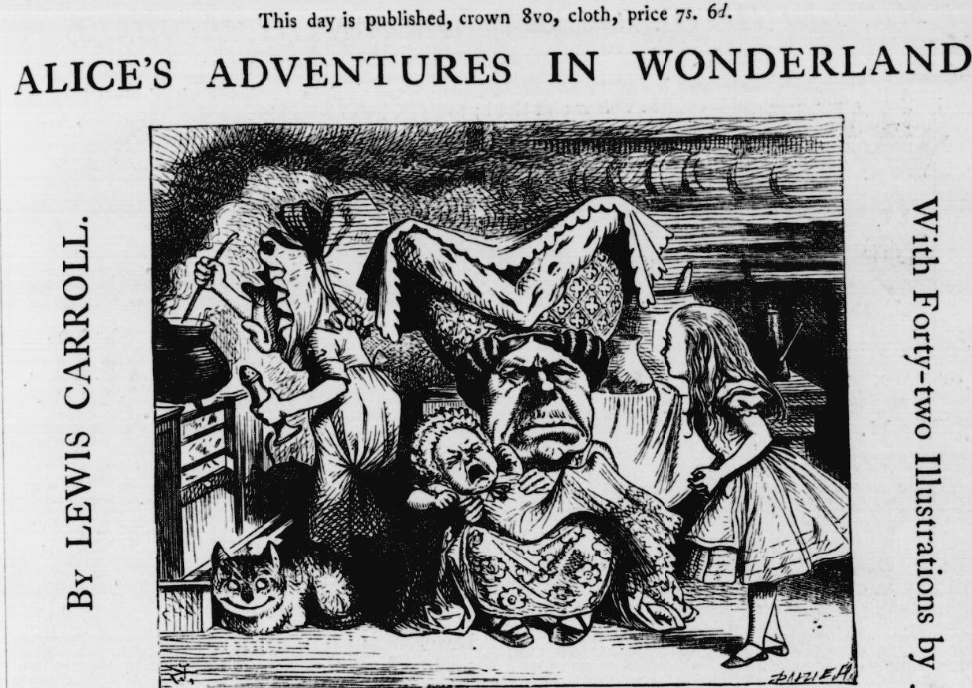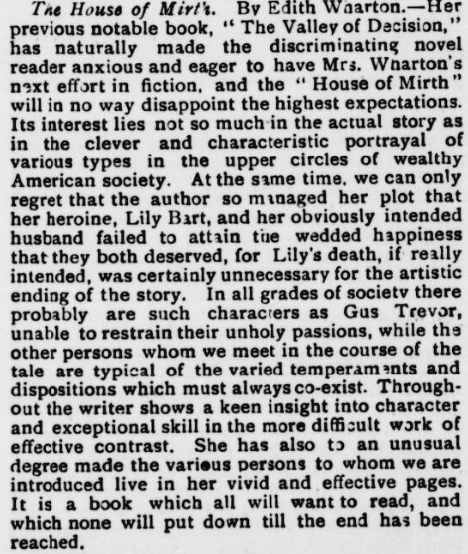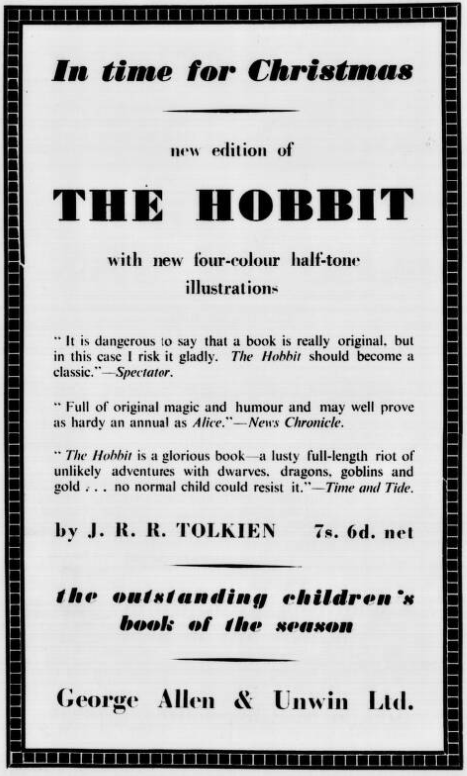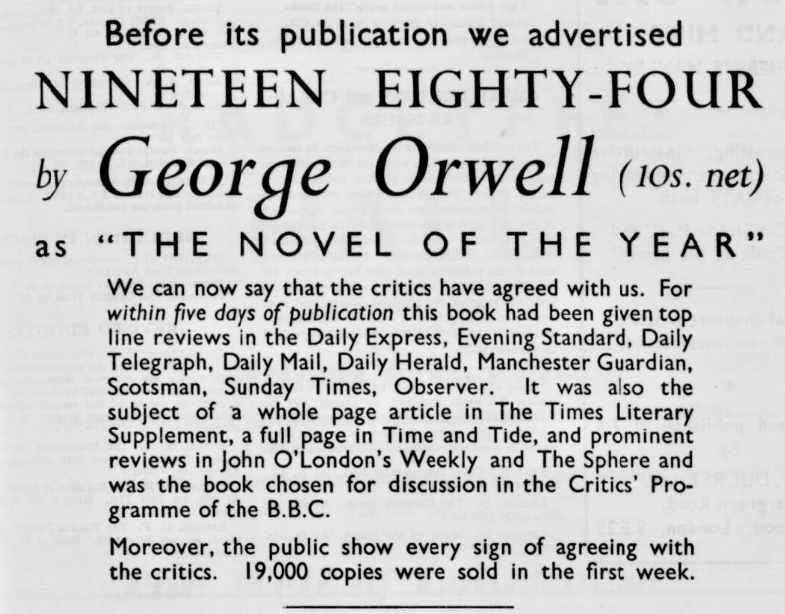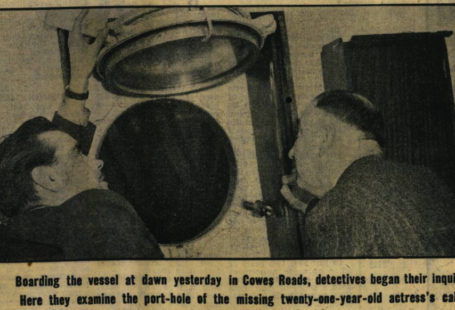This week at The Archive we are delighted to welcome the ‘Organ of the Book Trade,’ the landmark publishing magazine The Bookseller to our collection. Spanning 150 years of book-related news, we have released over 400,000 brand new pages for this title, as we have added 403,183 brand new pages in all over the last seven days.
So read on to discover all about our wonderful new title The Bookseller, as we start the month of December with a bang. Stay tuned also, as we dive into the pages of The Bookseller to trace 150 years of literary history, as we examine how the world’s best-loved titles were reported on as they were released, from George Eliot’s The Mill on the Floss in 1860 to Zadie Smith’s White Teeth in 2000.
Register now and explore the Archive
We’re delighted to welcome, in partnership with Stage Media Company, seminal publishing magazine The Bookseller to our collection this week. This important publication is one of the United Kingdom’s longest running magazines, and is the country’s only paper magazine that reports on the publishing, bookselling and library industries on a weekly basis.
The Bookseller was founded in January 1858 by publisher Joseph Whitaker (1820-1895), and it was marketed as a ‘Handbook of British and Foreign Literature.’ Whitaker was in charge of editing the new publication, which incorporated the earlier title Bent’s Literary Advertiser. Bent’s Literary Advertiser traces its origins all the way back to 1802.
The first edition of The Bookseller appeared on 1 January 1858, and it promised to include ‘a complete list of all the works issued in the United Kingdom, and the chief works published abroad.’ The debut edition of The Bookseller described how it was ‘intended primarily for the use of Booksellers and Publishers, furnishing them with a handy book of reference, and doing for the Bookselling trade what Bradshaw does for Railways, but so conducted that it may be equally useful to the Book-buyer and to the Bookseller.’
This first edition of The Bookseller contained such sections as ‘Trade Changes and Gossip,’ which described the openings and closings of bookshops across the country, and ‘Publications of the Month.’ These publications were listed by category, featuring sections devoted to religious, biographical, historical, political, poetic, fictional, geographical, legal, medical, scientific, commercial and educational works. The Bookseller also took in works in foreign languages, and publications featuring maps, engravings and music.
The early years of The Bookseller saw it cover significant releases like George Eliot’s 1860 novel The Mill on the Floss. Meanwhile, the title was kept among the Whitaker family, as two of Joseph Whitaker’s fifteen children succeeded him as editor: Joseph Vernon Whitaker in 1875, and George Herbert Whitaker in 1895.
During this time The Bookseller appeared on a monthly basis, but it was George Herbert Whitaker who shifted the magazine to a weekly publication schedule in 1909. Such a release pattern was, however, disrupted by the First World War, and The Bookseller did not appear on a weekly basis again until the late 1920s.
But The Bookseller would hit another troubled spell in 1928, and joint editorial control of the title was held between the Publishers’ Association and the Booksellers’ Association, leading to a title change. Until 1933 the publication became known as the Publisher and Bookseller, but in that year the decision was reversed. 1933 was a key year in the history of The Bookseller too for another reason. This was the year that 28-year-old Edmond Seagrave took over as editor, a position he would hold for nearly 40 years.
Another significant year in the history of The Bookseller was 1945. This was when Edmond Seagrave hired Philothea Thompson as his personal assistant, and it was Philothea Thompson who took over the reins at The Bookseller in 1971 when Edmond Seagrave left the business. In the 1970s The Bookseller begun to publish its weekly bestseller lists, becoming the first publication to print official weekly bestseller lists in the United Kingdom. Meanwhile, in 1978 The Bookseller launched its prize for the ‘Oddest Title of the Year,’ a prize which is still given to this day.
In 1980 author Louis Baum took over as editor, and under his leadership The Bookseller underwent a period of radical change. By the late 1990s The Bookseller was published in full colour. As the title moved into the 21st century, it continued to feature the latest news from the publishing and bookselling worlds, with pre-publication book reviews, author interviews, and opinion pieces from the likes of writers Kate Mosse and Anthony Horowitz.
In 2020 the magazine was bought by Stage Media Limited, the publishers of The Stage magazine, which is also available on The Archive. The Bookseller is still in print to this day, and is read by 30,000 people each week, across 90 different countries.
As well as adding over 400,000 brand new pages this week to The Bookseller, we’ve also added new pages to one of our Northern Irish titles, the Ballymena Weekly Telegraph, from the year 1894.
The Bookseller – 150 Years of Literary History
We are over the moon to delve into the rich history of the publishing industry as presented by this week’s new title The Bookseller. To celebrate we’ve picked a selection of important titles from every decade, and discovered how they were reported on as they were first published in the pages of The Bookseller.
So sit back, relax, and enjoy a feast of literary history this winter.
1. The Mill on the Floss – George Eliot
We begin in April 1860 with George Eliot’s work The Mill on The Floss. The Bookseller included a lengthy review of the novel on 26 April 1860, which in itself is notable as it addresses the author as ‘he,’ George Eliot being the pen name of Mary Ann Evans (1819-1880).
The Bookseller is ready with its praise, labelling The Mill on The Floss as a ‘work of Art,’ noting the novel’s ‘fineness of conception, the sustained strength, the faithfulness, the care, the firmness of execution, the richness of expression and colour.’ Read the full review here.
2. Alice’s Adventures in Wonderland – Lewis Caroll
Of a different ilk entirely was Lewis Caroll’s work Alice’s Adventures in Wonderland. The Bookseller marked the publication of this enduringly popular story on 12 December 1865 by featuring some of the 42 original illustrations by John Tenniel, and in the same edition included the work as one of its ‘Illustrated Books of the Season.’
It was but a quick mention of the iconic story, but The Bookseller dubbed Carroll’s work as featuring ‘a freshness quite delightful.’
3. Around the World in Eighty Days – Jules Verne
Our pick for the 1870s is a little different, as this novel was originally printed in French in 1872. We found the publication notice for Jules Verne’s adventure novel Around the World in Eighty Days printed in The Bookseller on 6 November 1873. Like Alice’s Adventures in Wonderland, the Jules Verne piece also featured ‘numerous illustrations.’
4. Strange Case of Dr. Jekyll and Mr. Hyde – Robert Louis Stevenson
While some novels were met with contemporary acclaim, like George Eliot’s Mill on the Floss, with a large space dedicated to their release, others slipped under the radar. Such seems to be the case with Robert Louis Stevenson’s seminal gothic novella, the Strange Case of Dr. Jekyll and Mr. Hyde, which was released in 1886.
We find mention of the story alongside the announcement of Robert Louis Stevenson’s ‘new story‘ Kidnapped in July 1886. However, The Bookseller more than makes up for this by mentions of the classic story in the years after its release.
5. The Picture of Dorian Gray – Oscar Wilde
Keeping with the gothic theme, in 1890 playwright Oscar Wilde released his only complete novel, The Picture of Dorian Gray. In The Bookseller’s May 1891 review of the work, it comments how ‘it is difficult to classify Mr. Oscar Wilde’s story. Is it a novel, or a philosophy, or a criticism?’ Indeed, the review compares the work to something penned by Robert Louis Stevenson, and it ends by remarking:
The whole story from beginning to end breathes an unwholesome hothouse atmosphere, though its cleverness and artistic qualities are not to be denied.
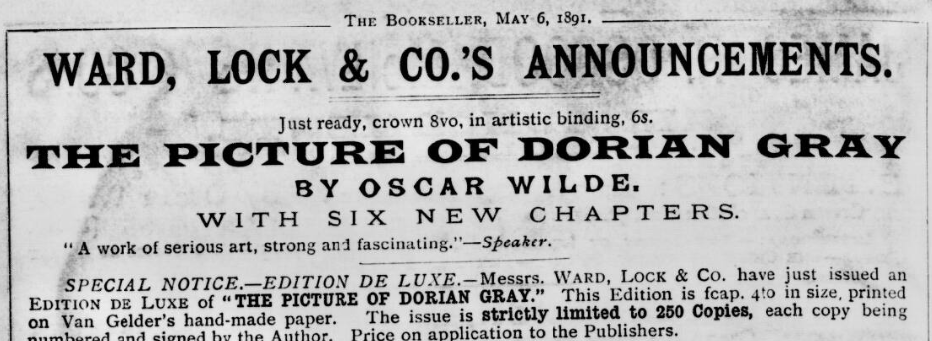
In the same number of The Bookseller, a new edition of The Picture of Dorian Gray was advertised. There were 250 signed copies of the work available to be purchased, with the price being made available ‘on application to the Publishers.’
6. The House of Mirth – Edith Wharton
As we move into the 20th century now, we take a look at American author Edith Wharton’s second novel, The House of Mirth, which was published in 1905. A commercial success, the novel was seen as both a social satire and a novel of manners. Indeed, The Bookseller’s review, which was published on 8 November 1905, was an overwhelmingly positive one:
Its interest lies not so much in the actual story as in the clever and characteristic portrayal of various types in the upper circles of wealthy American society.
Throughout the writer shows a keen insight into character and exceptional skill in the more difficult work of effective contrast. She has also to an unusual degree made the various persons to whom we are introduced live in her vivid and effective pages. It is a book which all will want to read, and which none will put down till the end has been reached.
7. A Portrait of the Artist as A Young Man – James Joyce
By the 1910s, we have now entered the age of modernism, and in late December 1916 chief amongst the writers of that movement, James Joyce, published his first novel, A Portrait of the Artist as A Young Man.
The Bookseller on 1 February 1917 contains the below short announcement regarding the new publication:
The Egoist, Ltd., Oakley House, Bloomsbury Street, W.C., are publishing ‘A Portrait of the Artist as a Young Man,’ by James Joyce, author of ‘The Dubliners.’ Its describes Irish school and college life in the nineties.
It was a brief introduction to the work of one of the most important writers of the century!
8. The Mysterious Affair At Styles – Agatha Christie
The Bookseller contained a brief mention of Agatha Christie’s debut detective novel too, The Mysterious Affair At Styles, which introduced Belgian detective Hercule Poirot to the world, in May 1920.

It is introduced in an advert under the heading ‘Two Thrilling Detective Stories,’ alongside a work by A.J. Rees entitled The Hand in the Dark. Christie would go on to famously become the best-selling fiction writer of all time.
9. The Hobbit – J.R.R. Tolkein
Finding more acclaim upon its publication in 1937 was The Hobbit, the children’s fantasy book written by J.R.R. Tolkien. On 1 September 1937 The Bookseller penned how the novel ‘has a certain distinguished quality of its own, though it may not be everybody’s choice.’
The review continues:
Parts of it are, indeed, too frightening to be given to small children. But it has an air of reality which may appeal very strongly to certain adults and to the exceptional imaginative child.
Indeed, on 14 December 1937 The Hobbit was being advertised by The Bookseller as the perfect Christmas present.
10. Nineteen Eighty-Four – George Orwell
By the time of the publication of George Orwell’s genre defining dystopian novel Nineteen Eighty-Four, The Bookseller was now including photographs alongside its publication announcements. In its 12 March 1949 edition, the magazine included a photograph of the author alongside the caption: ‘George Orwell, whose new novel, ‘Nineteen Eighty-Four,’ will be published by Secker & Warburg.’
On 25 June 1949 The Bookseller published an advert showcasing the success of Orwell’s novel, which was dubbed ‘the novel of the year,’ having sold 19,000 copies in its first week of publication.
11. Casino Royale – Ian Fleming
Bursting onto the publishing scene in 1953 was another genre-defining novel, this time marking the birth of spy James Bond in Ian Fleming’s debut novel Casino Royale. On 7 February 1953 The Bookseller previewed the work, dubbing it a ‘tale of espionage and high gambling.’
The same edition also contained a painting of the author, coupling his name with that of his brother, Peter Fleming, who was a travel writer. The caption dubbed the new novel as a ‘thriller.’
12. In Cold Blood – Truman Capote
Thirteen years later in 1966 author Truman Capote published his ground-breaking non-fiction work In Cold Blood, which detailed the brutal murder of a family in rural Kansas. On 15 January 1966 The Bookseller previewed the book’s launch, giving insight into its immediate success:
Truman Capote’s new book ‘In Cold Blood,’ which is to be published here by Hamish Hamilton on March 3rd at 25s., has already brought him in two million dollars in magazine, book and film payments, the ‘New York Times’ has reported. Publication in America by Random House takes place on January 17th. The ‘New Yorker’ has printed the whole story in four issues. It is the Book-of-the-Month Club February selection, rights have been acquired by the New American Library and Columbia Pictures and 15 foreign publishers. The ‘New York Times’ calculates that the author has already been paid 14.80 dollars a word for the 135,000 to which his book runs.
According to The Bookseller, Capote himself ‘expressed gratification at the results,’ but also added:
‘However, considering the work and all the years of training that went into that book it is not a very fantastic bonanza.‘
13. The Sea, The Sea – Iris Murdoch
In 1978 novelist Iris Murdoch released her nineteenth novel, The Sea, The Sea, which was ultimately awarded the 1978 Booker Prize. On 25 November 1978 The Bookseller announced that Iris Murdoch had won the prestigious literary prize, which it dubbed ‘Britain’s most valuable and esteemed fiction award,’ for The Sea, The Sea.

The Bookseller featured a quote from chairman of the judges Sir Alfred Ayer, who explained that the panel ‘awarded the prize to Iris Murdoch for her novel The Sea, The Sea because it impressed them as a more ambitious book than its rivals and because it excelled in the force of its imagery, its delineation of character and its descriptive power.’
14. The Handmaid’s Tale – Margaret Atwood
Following on in Iris Murdoch’s footsteps with another nomination for the Booker Prize was Canadian author Margaret Atwood, with her 1985 dystopian novel The Handmaid’s Tale. In February 1986 she was profiled by The Bookseller for her work, which the publication explains is set in ‘a post feminist 21st-century America.’
Giving insight into Atwood’s star power in Britain a year later, The Bookseller printed information surrounding ‘a magnificent promotion’ for the author, which you can see below.
15. A Game of Thrones – George R.R. Martin
Another book to cross the Atlantic was George R.R. Martin’s A Game of Thrones, in 1996. On 26 April 1996 The Bookseller profiled the unusual marketing campaign behind the fantasy novel, relating how:
The most innovate marketing campaign again comes from HarperCollins, and strictly speaking is for a hardcover. It is based on the sampler idea: HC is selling in a special preview edition at 99p the first 71 pages of an amazing fantasy novel called ‘A Game of Thrones’ by George R R Martin. While the public are loath to shell out £16.99, or perhaps £14.99 at a discount…on a total unknown, they may shell out 99p and then get hooked, which they will be, I guarantee, once they take a first bite. The novel is brilliant.
The reviews were positive, The Bookseller on 7 June 1996 stating how the novel ‘comes with a range of endorsements.’
16. White Teeth – Zadie Smith
Our final book in our look through the decades of the literary history contained by The Bookseller is Zadie Smith’s bestselling debut novel White Teeth, which was published in 2000. On 30 June 2000 The Bookseller published a graph comparing Zadie Smith’s performance against other debutants, Ann Widdecombe and Amy Jenkins. Zadie Smith saw ‘steady sales,’ bolstered after her work was ‘placed on the Orange shortlist.’
In December 2002 The Bookseller reported how White Teeth had been the most read book by reading groups in 2001, whilst in 2005 the magazine traced the novel’s progress even further, relating how it had won both the Guardian First Book Award and the Whitbread First Novel Award.
New Titles
| Title | Years Added |
| Bookseller | 1858-2000, 2002-2008 |
Updated Titles
This week we have updated one of our existing titles.
You can learn more about each of the titles we add to every week by clicking on their names. On each paper’s title page, you can read a FREE sample issue, learn more about our current holdings, and our plans for digitisation.
| Title | Years Added |
| Ballymena Weekly Telegraph | 1894 |
You can keep up to date with all the latest additions by visiting the recently added page. You can even look ahead to see what we’re going to add tomorrow.




